21 Simple Breathing Exercises That Instantly Relieve Stress
In a world that never slows down, stress and anxiety have become unwelcome yet familiar companions. The constant demands of work, relationships, and daily responsibilities can leave us feeling overwhelmed, searching for quick and effective ways to find relief. While countless relaxation techniques exist, breathing exercises stand out as one of the simplest, most powerful tools to instantly restore calm. Breathing is something we do naturally, but when practiced with intention, it becomes a gateway to relaxation, focus, and emotional balance. By tapping into the breath, we can slow our heart rate, reduce tension, and regain a sense of control, no matter how chaotic life gets. To help you harness the power of breathwork, we’ve expanded our list to 21 simple, science-backed breathing exercises designed to melt away stress in minutes. Whether you're looking to ease anxiety, improve focus, or cultivate deep relaxation, these techniques will empower you to take charge of your well-being—one breath at a time.
1. Diaphragmatic Breathing: A Foundation for Calm

Diaphragmatic breathing, also known as abdominal or belly breathing, is a foundational exercise for achieving calm. This technique involves engaging the diaphragm, a large muscle located at the base of the lungs, to take deep, full breaths. Unlike shallow chest breathing, diaphragmatic breathing allows for maximum oxygen intake and efficient expulsion of carbon dioxide. To practice, sit or lie down in a comfortable position and place one hand on your chest and the other on your abdomen. Inhale deeply through your nose, allowing your abdomen to rise as your diaphragm expands. Exhale slowly through your mouth, feeling your abdomen fall. Repeat this cycle for several minutes, focusing on the rise and fall of your abdomen. This exercise not only reduces stress but also improves lung function and enhances emotional regulation. By making diaphragmatic breathing a daily practice, you can build a strong foundation for managing stress and cultivating inner peace.
2. Box Breathing: Balancing Mind and Body

Box breathing, also known as square breathing, is a simple yet powerful technique for balancing the mind and body. This exercise involves inhaling, holding the breath, exhaling, and holding again, each for an equal count. Box breathing is often used by athletes and military personnel to maintain focus and composure under pressure. To practice, sit comfortably with your back straight. Inhale through your nose for a count of four, hold your breath for a count of four, exhale through your mouth for a count of four, and hold again for a count of four. Repeat this cycle for several minutes, visualizing a box as you breathe. Box breathing helps regulate the autonomic nervous system, reducing stress and promoting mental clarity. By incorporating this technique into your routine, you can enhance your ability to remain calm and centered in challenging situations.
3. The 4-7-8 Breathing Technique: A Gateway to Relaxation
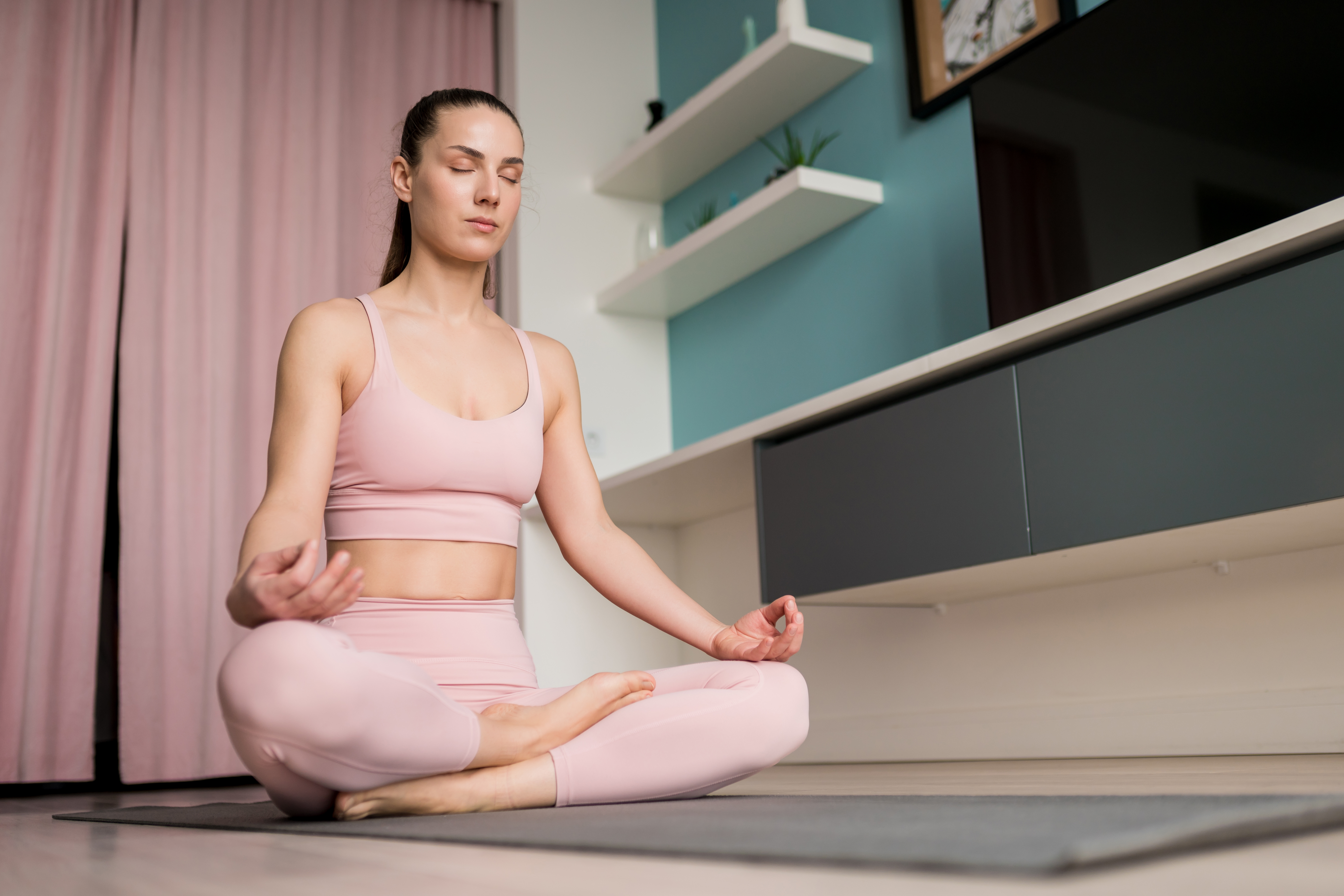
The 4-7-8 breathing technique, popularized by Dr. Andrew Weil, is a gateway to relaxation and stress reduction. This exercise involves inhaling for four counts, holding the breath for seven counts, and exhaling for eight counts. The extended exhalation promotes the release of tension and encourages a state of deep relaxation. To practice, sit or lie down in a comfortable position. Inhale quietly through your nose for a count of four, hold your breath for a count of seven, and exhale completely through your mouth for a count of eight. Repeat this cycle four times, gradually increasing the number of repetitions as you become more comfortable. The 4-7-8 technique is particularly effective for calming the mind before sleep, making it a valuable tool for those struggling with insomnia or anxiety. By integrating this practice into your evening routine, you can create a peaceful transition from wakefulness to rest.
4. Alternate Nostril Breathing: Harmonizing Energy
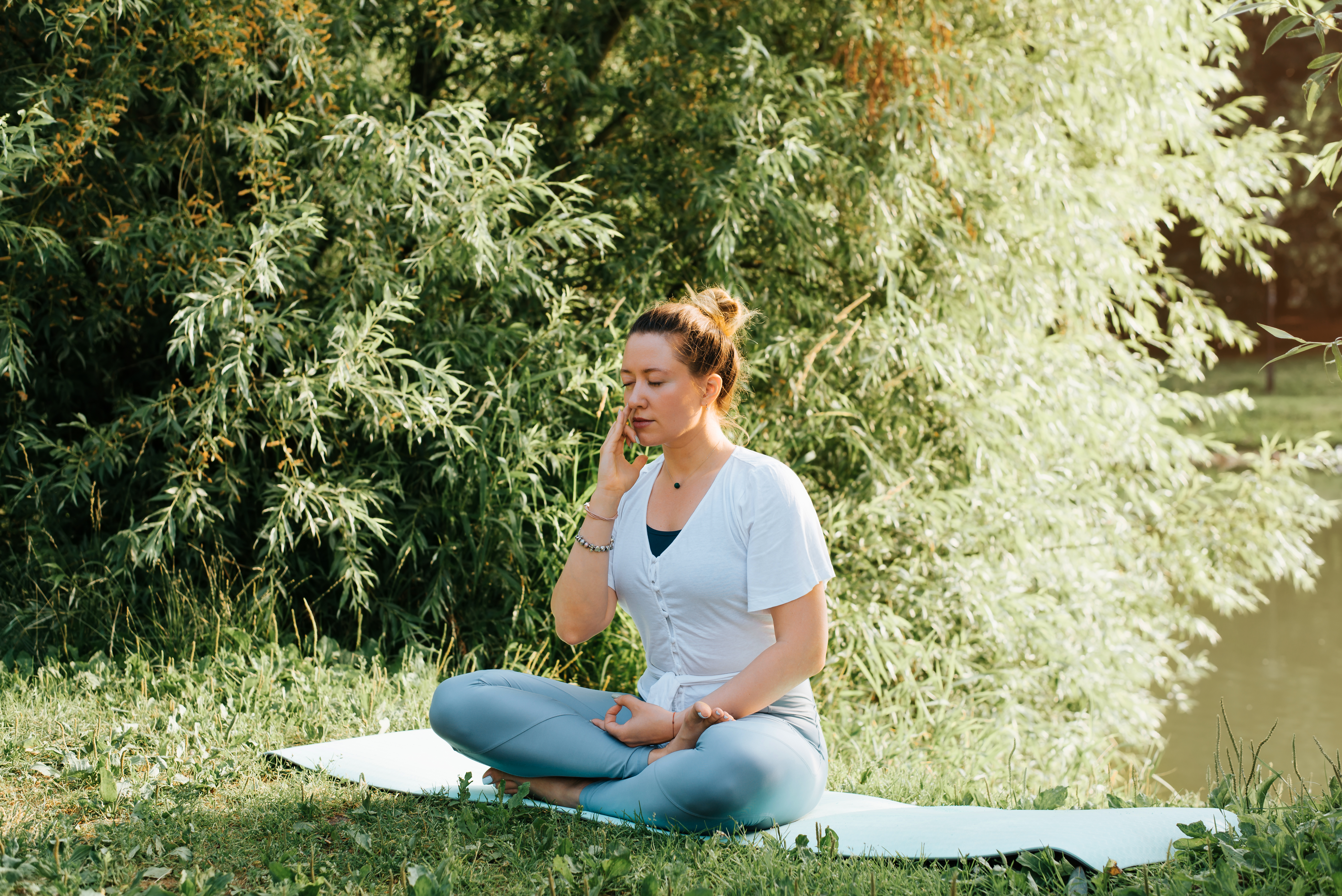
Alternate nostril breathing, or Nadi Shodhana, is a traditional yogic practice that harmonizes energy and promotes balance. This technique involves breathing through one nostril at a time, alternating between the left and right nostrils. To practice, sit comfortably with your spine straight. Close your right nostril with your right thumb and inhale deeply through your left nostril. Close your left nostril with your right ring finger, release your right nostril, and exhale through it. Inhale through the right nostril, close it, release the left nostril, and exhale through it. Continue this pattern for several minutes, focusing on the flow of breath. Alternate nostril breathing is believed to balance the left and right hemispheres of the brain, enhancing mental clarity and emotional stability. By incorporating this practice into your daily routine, you can cultivate a sense of harmony and equilibrium in your life.
5. Resonant Breathing: Synchronizing with Nature

Resonant breathing, also known as coherent breathing, involves breathing at a rate of five to six breaths per minute, which is considered optimal for synchronizing with the body's natural rhythms. This technique promotes heart rate variability, a key indicator of stress resilience and overall health. To practice resonant breathing, sit or lie down in a comfortable position. Inhale slowly through your nose for a count of six, and exhale gently for a count of six. Continue this pattern for several minutes, allowing your breath to become smooth and rhythmic. Resonant breathing can be enhanced by imagining a peaceful scene or listening to calming music. This practice not only reduces stress but also enhances emotional regulation and cognitive function. By aligning your breath with the natural rhythms of your body, you can create a profound sense of tranquility and connection with the world around you.
6. Lion’s Breath: Releasing Tension and Inviting Joy

Lion’s Breath, or Simhasana, is a dynamic breathing exercise that releases tension and invites a sense of joy and playfulness. This technique involves a forceful exhalation, accompanied by a wide-open mouth and extended tongue, resembling a lion’s roar. To practice, sit comfortably with your spine straight. Inhale deeply through your nose, then open your mouth wide, stick out your tongue, and exhale forcefully, making a "ha" sound. Repeat this process several times, allowing yourself to fully engage with the exercise. Lion’s Breath is particularly effective for releasing pent-up emotions and stress, promoting a sense of liberation and lightness. By incorporating this practice into your routine, you can tap into your inner strength and vitality, approaching life with renewed enthusiasm and confidence.
7. Humming Bee Breath: Cultivating Inner Peace
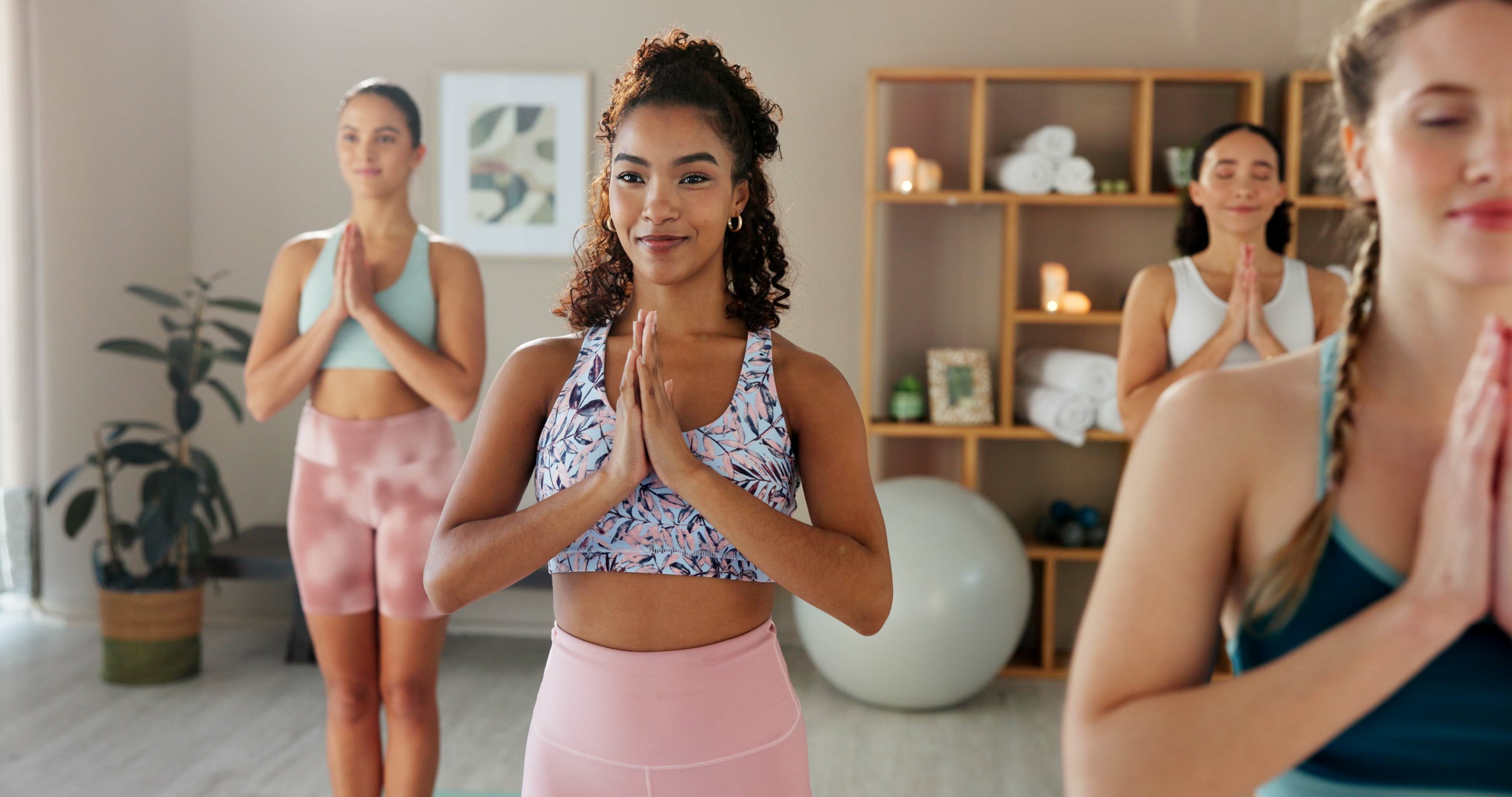
Humming Bee Breath, or Bhramari Pranayama, is a soothing breathing technique that cultivates inner peace and tranquility. This exercise involves making a gentle humming sound during exhalation, which creates vibrations that calm the mind and nervous system. To practice, sit comfortably with your eyes closed. Inhale deeply through your nose, then exhale slowly while making a humming sound, like the gentle buzz of a bee. Focus on the vibrations in your head and chest, allowing them to resonate throughout your body. Repeat this process several times, immersing yourself in the calming sensations. Humming Bee Breath is particularly effective for reducing anxiety and enhancing concentration. By integrating this practice into your daily routine, you can create a sanctuary of peace within yourself, navigating life’s challenges with grace and ease.
8. Progressive Relaxation Breathing: Releasing Stress
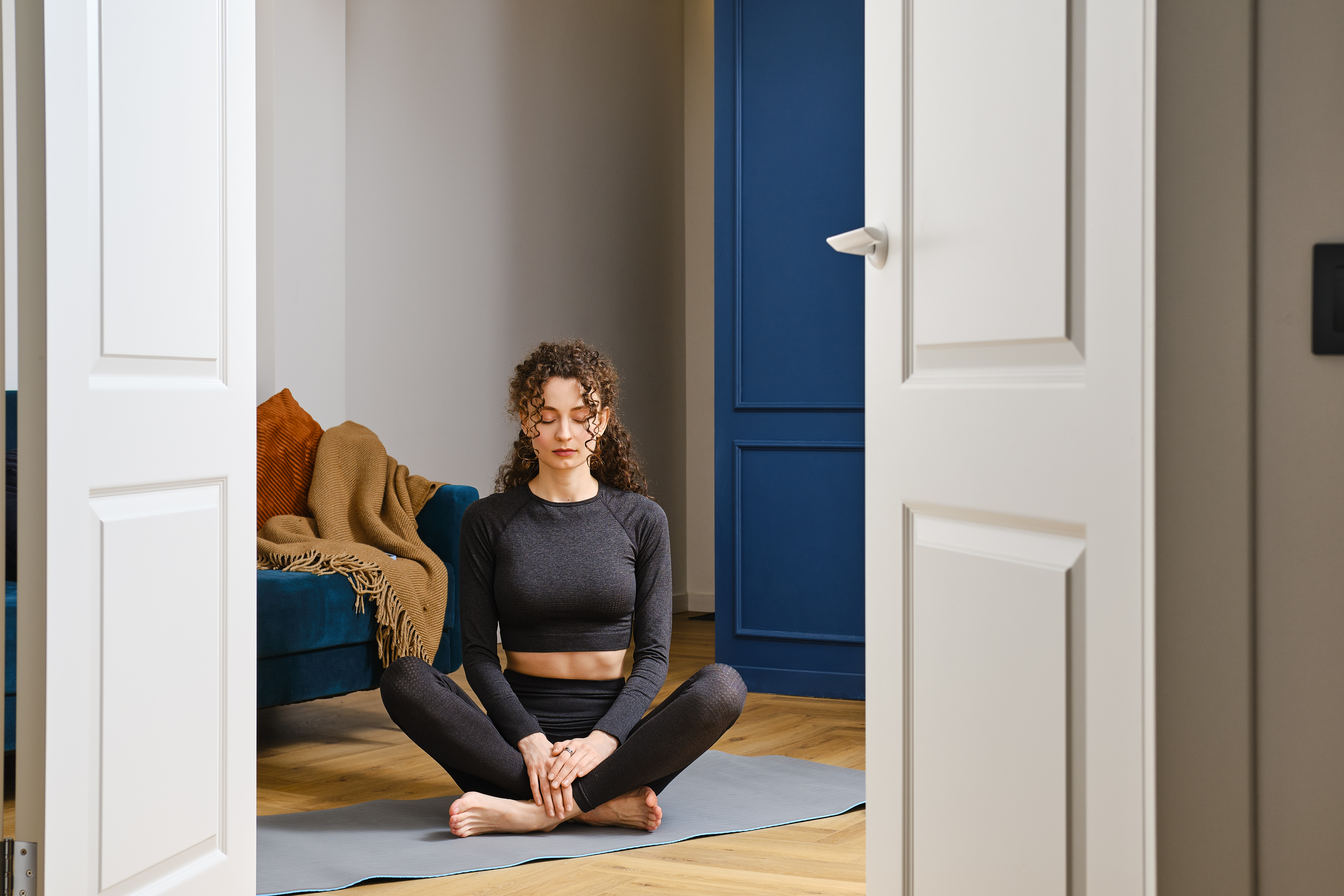
Progressive relaxation breathing combines deep breathing with muscle relaxation to release stress and tension from the body. This technique involves tensing and relaxing different muscle groups while focusing on the breath. To practice, sit or lie down in a comfortable position. Inhale deeply, and as you do, tense a specific muscle group, such as your shoulders or legs. Hold the tension for a few seconds, then exhale slowly, releasing the tension and relaxing the muscles. Move through each muscle group, from head to toe, focusing on the sensations of relaxation. Progressive relaxation breathing not only reduces physical tension but also enhances body awareness and emotional regulation. By incorporating this practice into your routine, you can cultivate a state of deep relaxation and stress relief, fostering a sense of peace and well-being.
9. Visualizing with the Breath: Creating a Sanctuary of Calm
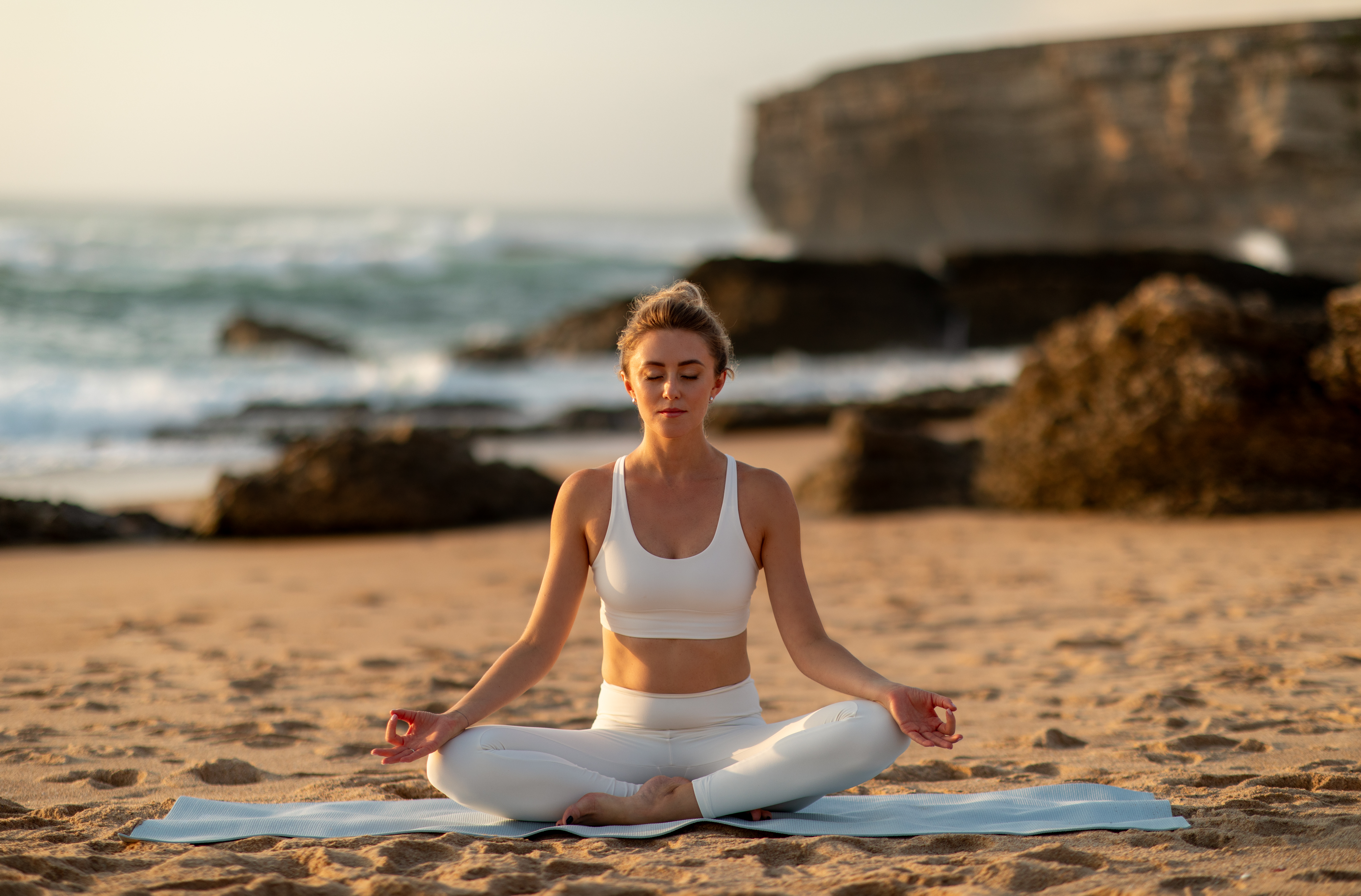
Visualization, when combined with breathing exercises, can create a powerful sanctuary of calm and serenity. This technique involves using the imagination to visualize peaceful scenes or experiences while focusing on the breath. To practice, sit or lie down in a comfortable position. Close your eyes and take several deep breaths, allowing your body to relax. As you continue to breathe deeply, imagine a place where you feel completely at peace, such as a beach, forest, or garden. Visualize the sights, sounds, and sensations of this place, immersing yourself in the experience. Allow your breath to synchronize with the rhythm of this peaceful scene, enhancing your sense of calm. Visualization with the breath not only reduces stress but also enhances creativity and emotional resilience. By creating a mental sanctuary, you can access a source of inner peace and strength, navigating life’s challenges with confidence and grace.
10. Integrating Breathing Exercises into Daily Life

The true power of breathing exercises lies in their integration into daily life. By incorporating these practices into your routine, you can create a foundation of calm and resilience that supports your overall well-being. Begin by setting aside a few minutes each day for focused breathing, whether in the morning to start your day with clarity, during a midday break to recharge, or in the evening to unwind. Consider pairing breathing exercises with other mindfulness practices, such as meditation or yoga, to enhance their benefits. Additionally, use these techniques as a tool for managing stress in real-time, whether during a challenging meeting, before a presentation, or in moments of conflict. By making breathing exercises a regular part of your life, you can cultivate a sense of tranquility and balance that supports your mental, emotional, and physical health.
11. Ocean Breathing: Connecting with the Waves Within

Ocean breathing, also known as Ujjayi Pranayama or "Victorious Breath," is a calming technique rooted in yoga practice. It mimics the soothing sound of ocean waves, promoting deep relaxation and focus. To practice, sit comfortably and close your mouth. Inhale deeply through your nose, slightly constricting the back of your throat to create a soft, whisper-like sound. Exhale through your nose with the same throat constriction, maintaining the gentle ocean-like sound throughout. This rhythmic breathing soothes the nervous system, reduces stress, and enhances concentration. The audible breath also anchors the mind, making it a valuable tool during meditation or yoga. Additionally, Ujjayi breathing increases oxygen intake, promoting a sense of vitality and balance. By incorporating this ocean-inspired technique into your routine, you can foster a deep connection to your inner calm, letting the waves of your breath wash away tension and stress.
12. Five-Finger Breathing: A Tactile Anchor for Calm
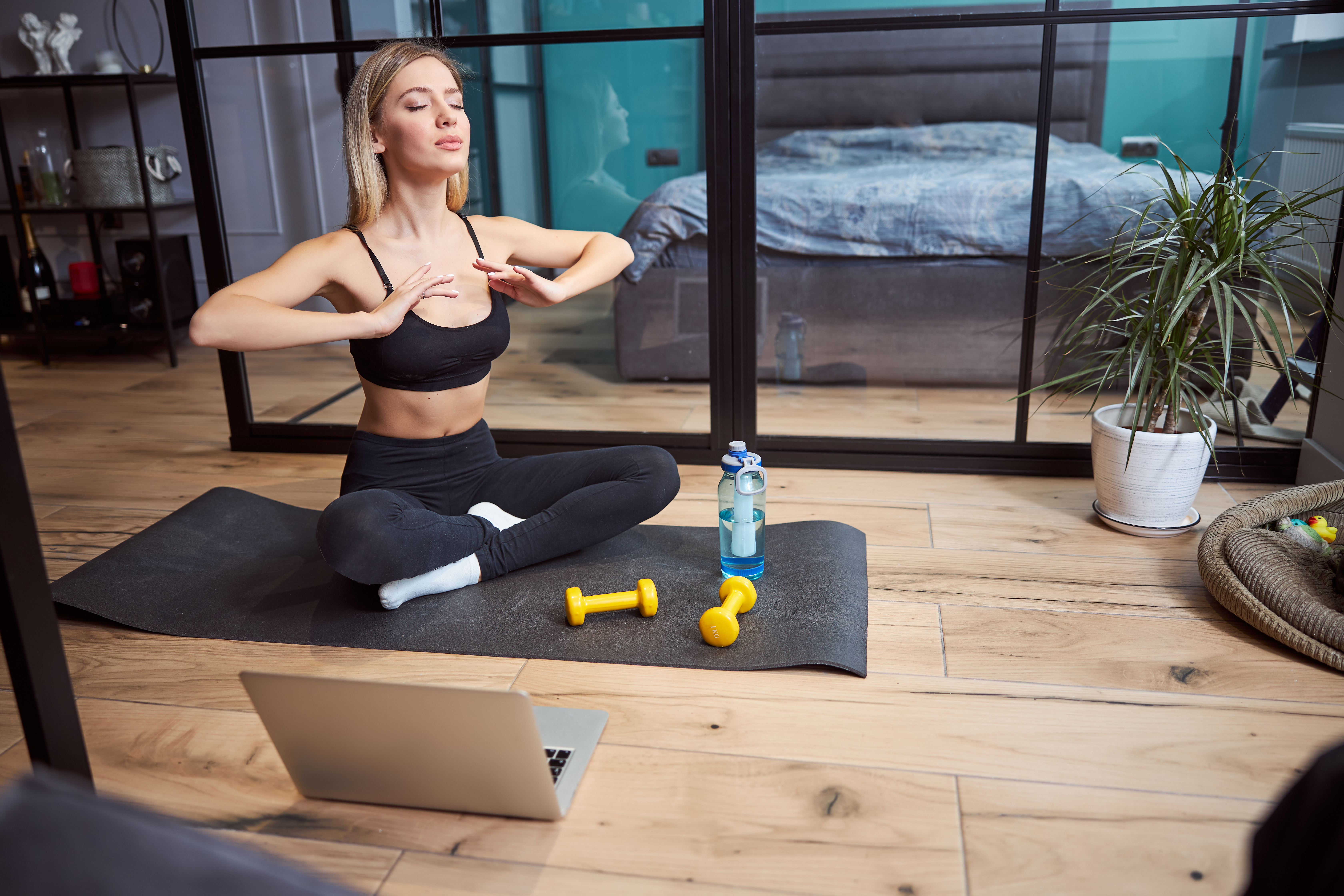
Five-finger breathing is a grounding technique that combines mindful breathing with touch to bring immediate calm. To practice, hold one hand in front of you with your fingers spread. With the index finger of your opposite hand, slowly trace up your thumb as you inhale, then trace down as you exhale. Continue moving up and down each finger, synchronizing your breath with the movement. This simple yet effective technique engages both breath and touch, making it particularly useful for moments of anxiety, overwhelm, or sensory overload. By physically anchoring your breath to your body, five-finger breathing helps create a soothing rhythm that draws your focus away from stress and into the present moment.
13. Wave Breathing: Riding the Breath Like the Tide
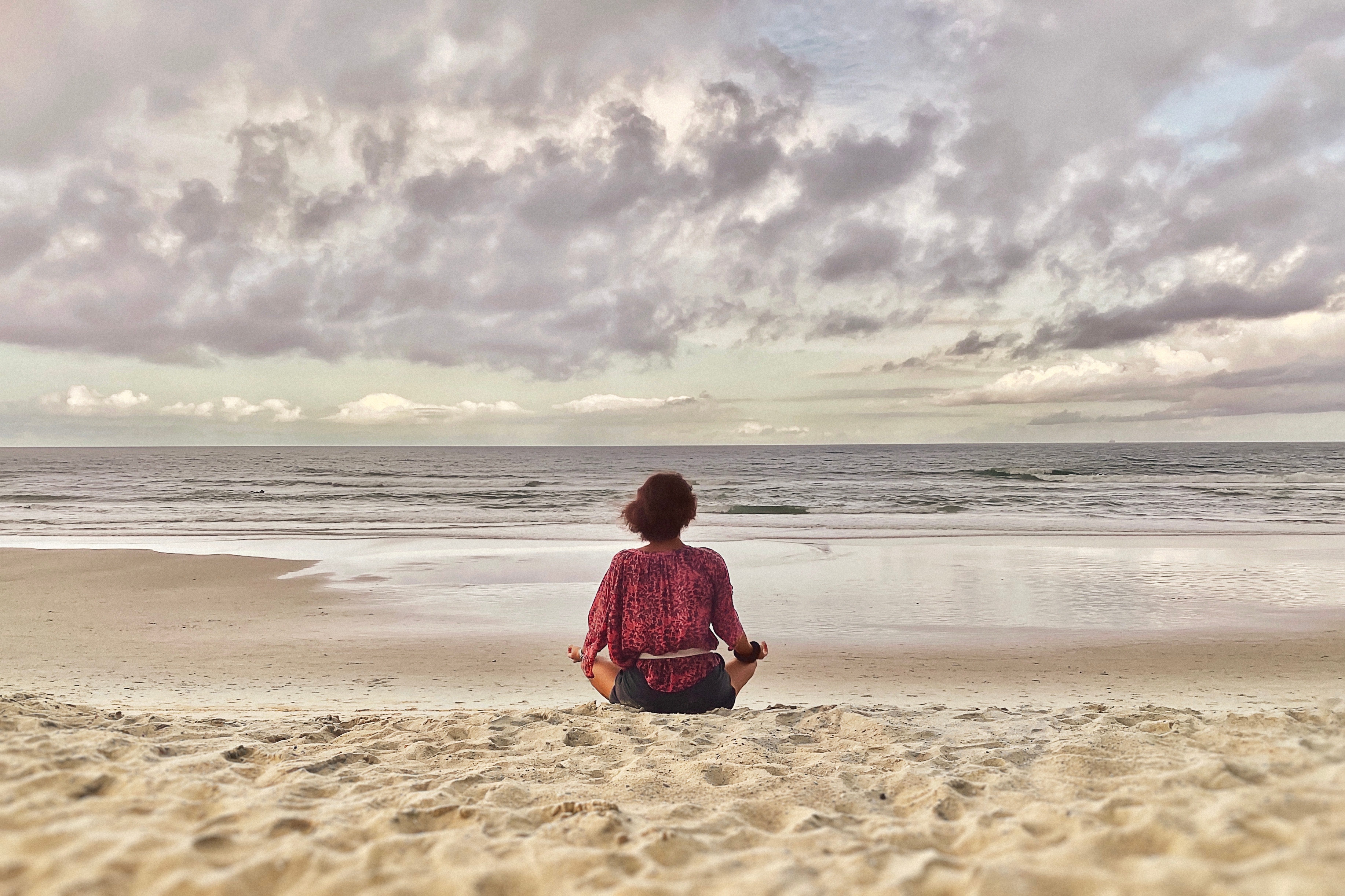
Wave breathing is a visual and rhythmic technique that mirrors the natural ebb and flow of ocean waves. Close your eyes and imagine yourself standing by the shore, with waves gently rolling in and out. Inhale deeply, visualizing a wave rising toward the shore, then exhale slowly, picturing the wave receding back into the ocean. Let each breath build upon the last, creating a steady, calming rhythm. This practice is especially effective for those who find peace in nature, as it engages the imagination while slowing the breath. Wave breathing fosters a deep sense of connection, reminding us that just like the tides, our breath is in a constant, soothing flow.
14. Smile Breathing: Cultivating Joy with Every Inhale

The simple act of smiling while breathing can profoundly shift your emotional state. Smile breathing involves inhaling deeply, gently lifting the corners of your mouth into a soft smile, then exhaling with the intention of sending warmth and relaxation through your body. The act of smiling—even subtly—triggers the release of endorphins, the brain’s natural feel-good chemicals. This practice is particularly helpful during stressful moments or when you need an instant mood boost. By combining the physiological benefits of deep breathing with the emotional uplift of smiling, you create a powerful technique for shifting your mindset toward positivity and ease.
15. Infinity Breath: A Meditative Loop for Relaxation

Infinity breath combines visualization with breath control to create a continuous, flowing pattern of relaxation. Picture the shape of an infinity symbol (∞) and imagine tracing it with your breath. Inhale as you trace the first loop, exhale as you move into the second loop, and repeat continuously, allowing your breath to flow in an unbroken cycle. This technique enhances concentration while encouraging a deep sense of continuity and balance. Practicing infinity breath can be particularly useful for those who struggle with circular thoughts or restlessness, as it provides a gentle yet structured way to stay present and grounded.
16. Anchor Breathing: Finding Stability in the Present
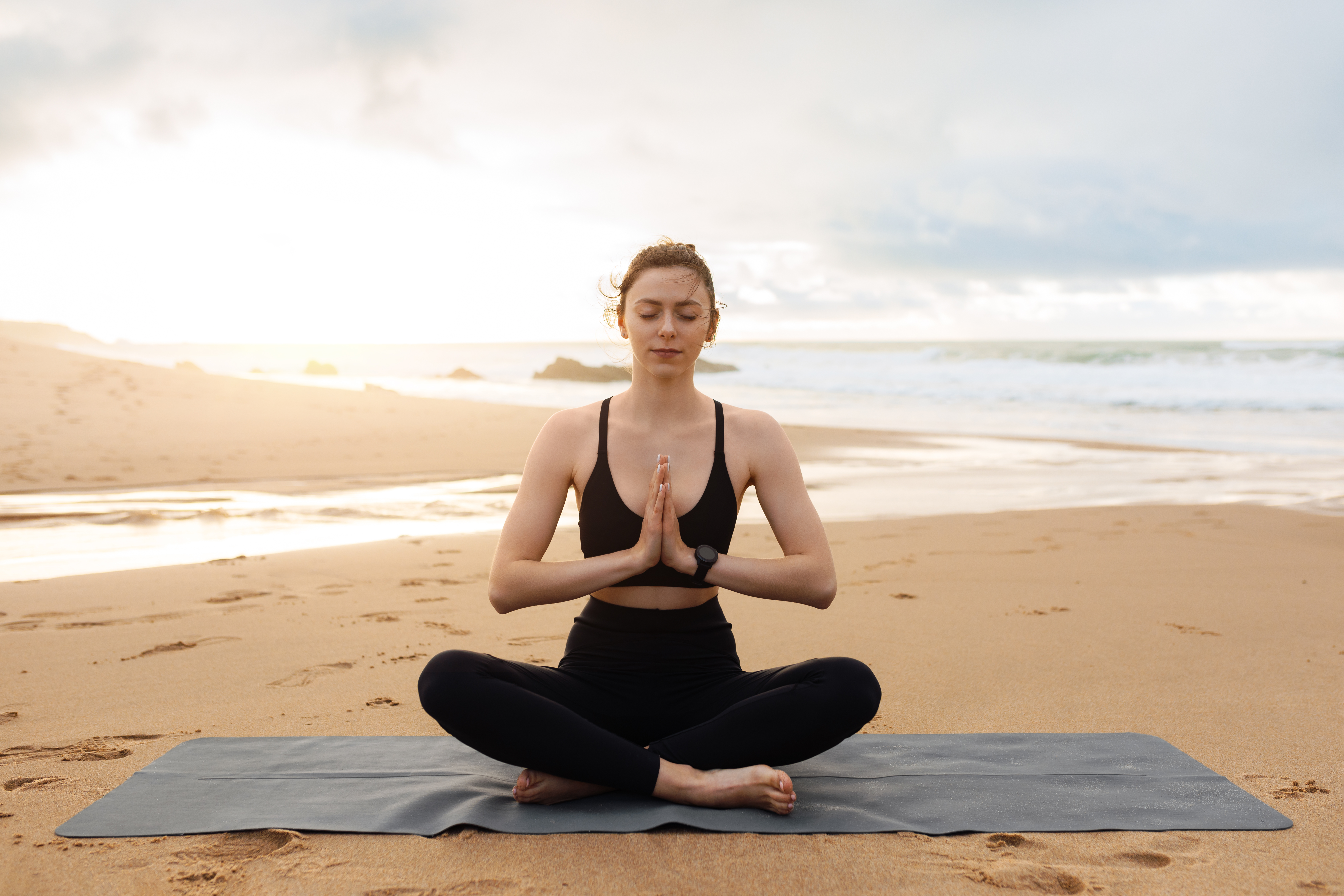
Anchor breathing is designed to ground you in the present moment by linking your breath to a steady, physical sensation. Sit comfortably and choose an “anchor”—this could be the feeling of your feet on the floor, your hands resting on your lap, or the gentle rise and fall of your chest. As you breathe in, focus on your chosen anchor. As you exhale, deepen your awareness of the sensation. Each breath reinforces your connection to the present, helping to pull you away from anxious thoughts or distractions. This technique is particularly helpful when you feel unsteady, overwhelmed, or emotionally unsettled.
17. Gratitude Breathing: Inhaling Appreciation, Exhaling Release
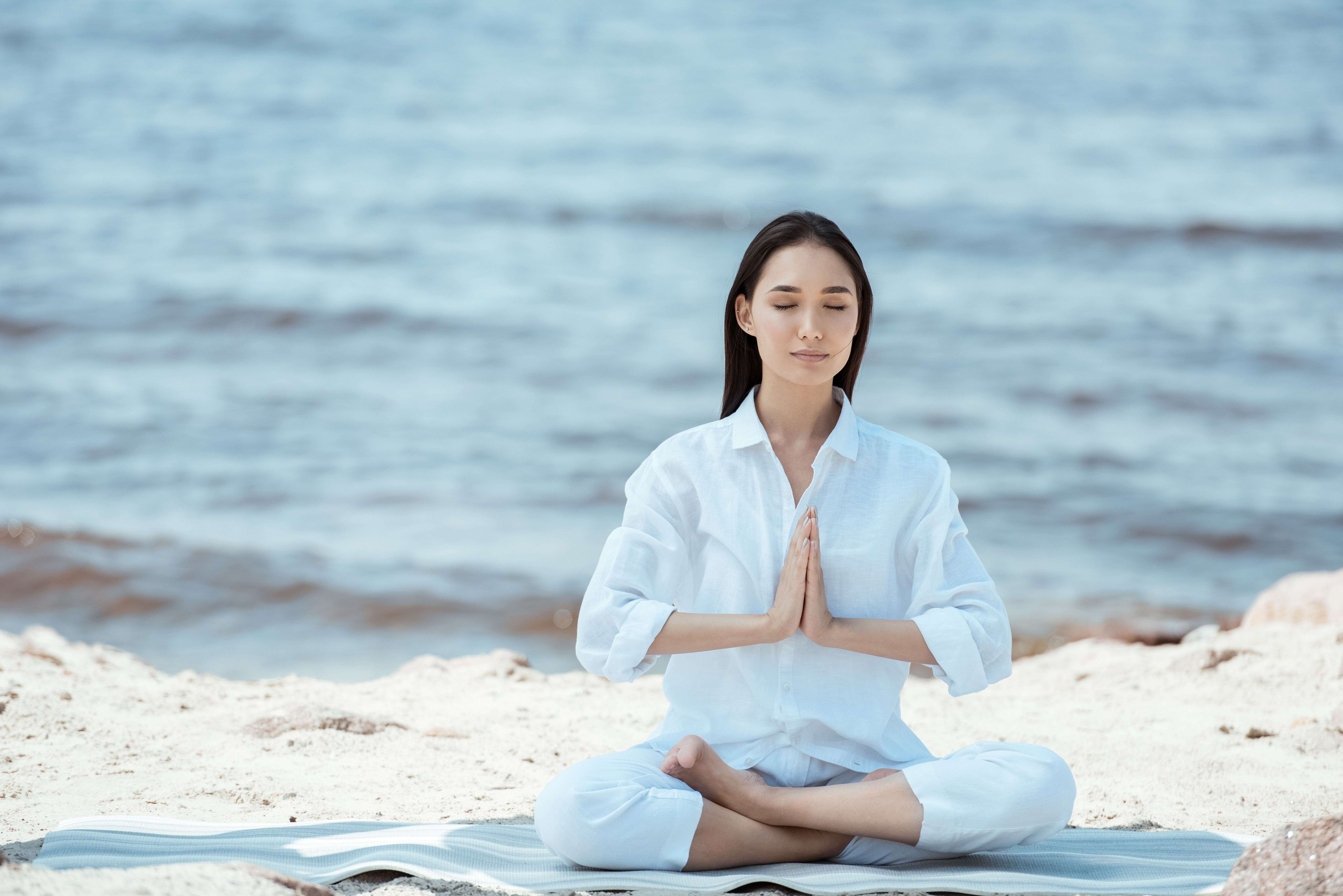
Gratitude breathing transforms a simple breath into a mindful expression of appreciation. With each inhale, mentally say, “Thank you” or think of something you’re grateful for—a person, a moment, or even the breath itself. As you exhale, imagine releasing stress or negativity. This practice cultivates a mindset of gratitude while calming the nervous system. Scientific studies show that gratitude enhances mental well-being, making this exercise a double benefit: fostering both emotional resilience and relaxation. It’s an especially powerful technique to practice before bed, in moments of frustration, or during mindful transitions in your day.
18. Echo Breathing: Amplifying Calm Through Sound
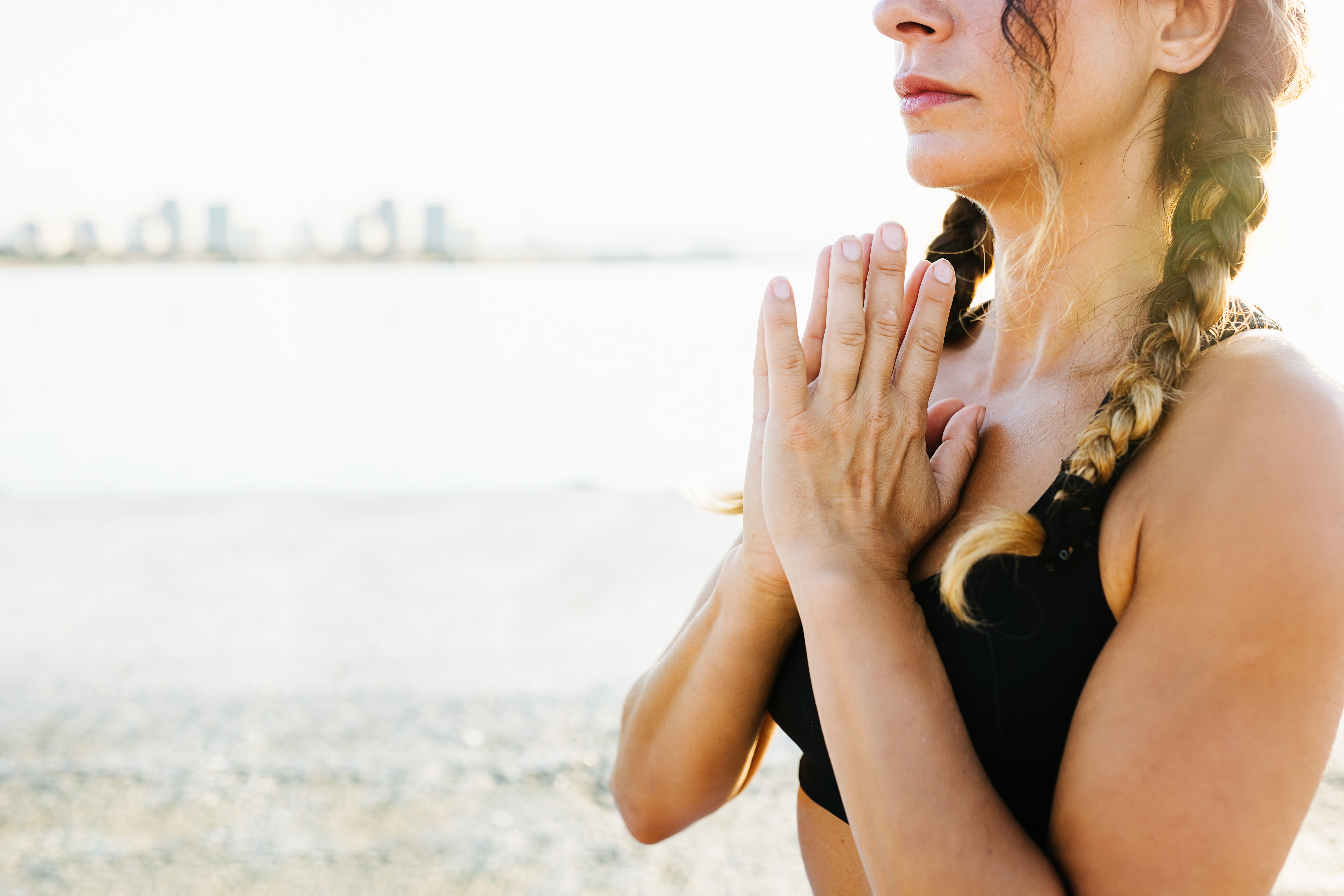
Echo breathing involves repeating a soft, whispered sound as you exhale to enhance relaxation. Choose a calming word like “peace,” “calm,” or “let go,” and softly whisper it as you breathe out. The gentle sound provides a soothing focus and encourages a longer, more controlled exhalation, which activates the body’s relaxation response. This technique is particularly effective for those who find comfort in sound and rhythm, and it can be easily incorporated into a bedtime routine to ease the mind into sleep.
19. Butterfly Breath: Gentle Motion Meets Deep Relaxation

Inspired by the gentle fluttering of butterfly wings, this technique combines breathing with movement to promote relaxation. Place your fingertips lightly on your shoulders and bring your elbows together in front of your chest. As you inhale, open your elbows wide, expanding your chest. As you exhale, bring your elbows back together. This movement mimics a butterfly's wings and helps release tension from the chest and shoulders. Butterfly breath is particularly beneficial for those who carry stress in their upper body and can be a wonderful way to transition out of a tense or anxious state.
20. Shadow Breath: Breathing Light into Darkness
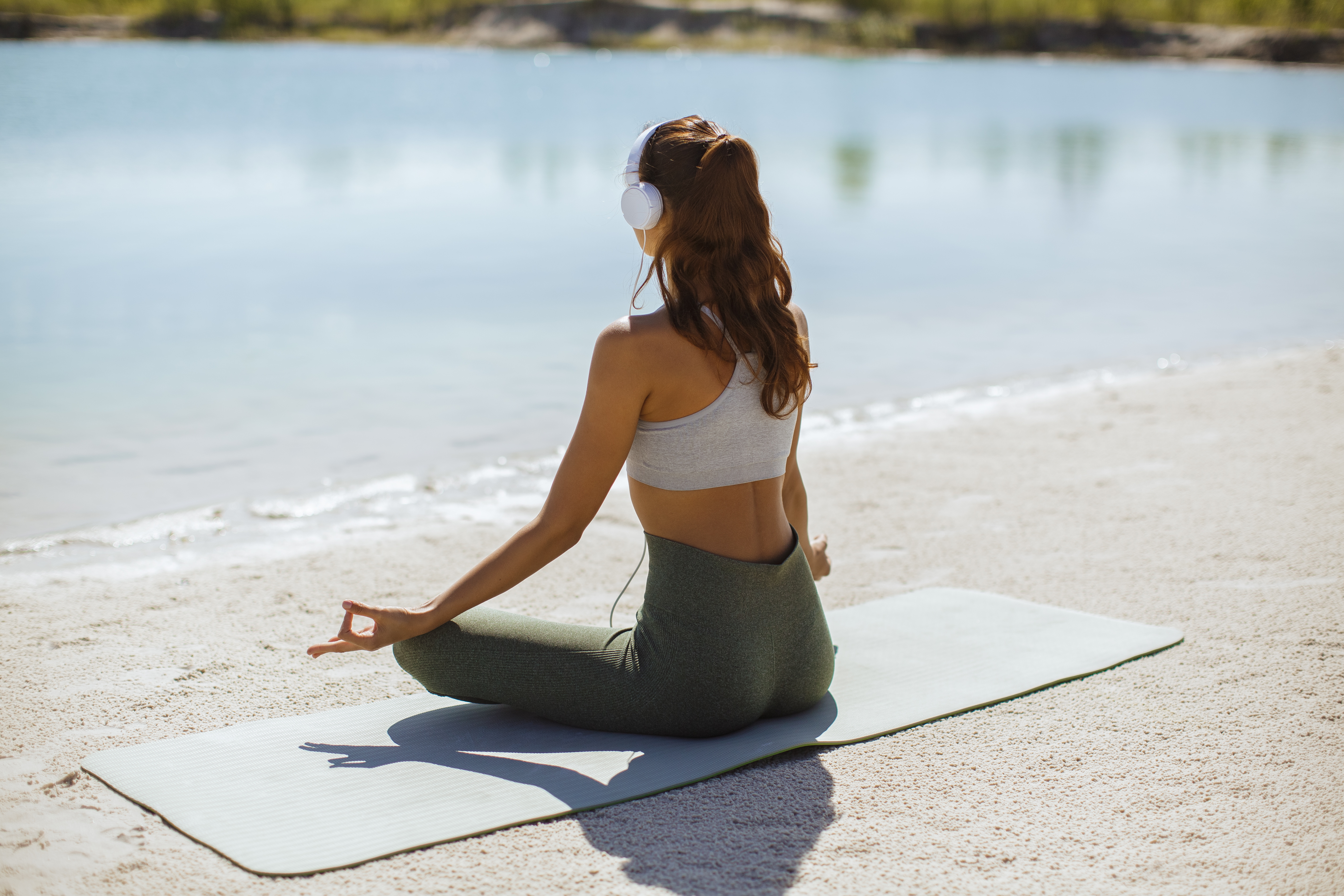
Shadow breath is a powerful practice for acknowledging and releasing negative emotions. Close your eyes and visualize any worries, fears, or tension as a dark cloud in your body. As you inhale, imagine drawing in a soft, golden light that begins to dissolve the darkness. With each exhale, picture the cloud growing lighter, eventually dispersing completely. This practice is particularly helpful during difficult moments, as it offers a tangible way to process and release emotional weight while creating space for peace and renewal.
21. Rhythmic Drumming Breath: Syncing with Life’s Pulse

Rhythmic drumming breath involves matching your breath to an internal or external rhythm, such as tapping your fingers or lightly patting your chest in a steady beat. Inhale for four counts, hold for four, exhale for four, and rest for four—following a steady rhythm, much like a heartbeat or drum. This technique is particularly helpful for those who find comfort in structured breathing patterns and can be useful in grounding anxious energy. The rhythmic element creates a meditative experience, allowing you to feel more in sync with yourself and your surroundings.
Embracing Tranquility Through Breath

As we conclude this exploration of breathing exercises, it becomes clear that the breath is a powerful ally in our quest for tranquility. These 21 simple techniques offer a pathway to serenity, allowing us to navigate the complexities of life with grace and ease. By embracing the art of breathing, we can transform our relationship with stress, cultivating a sense of calm that permeates every aspect of our being. As you embark on this journey, remember that the breath is always available, a constant source of support and strength. By integrating these practices into your daily life, you can create a sanctuary of peace within yourself, accessing a wellspring of tranquility that guides you through life’s challenges. Embrace the power of your breath and discover the profound sense of calm that awaits.